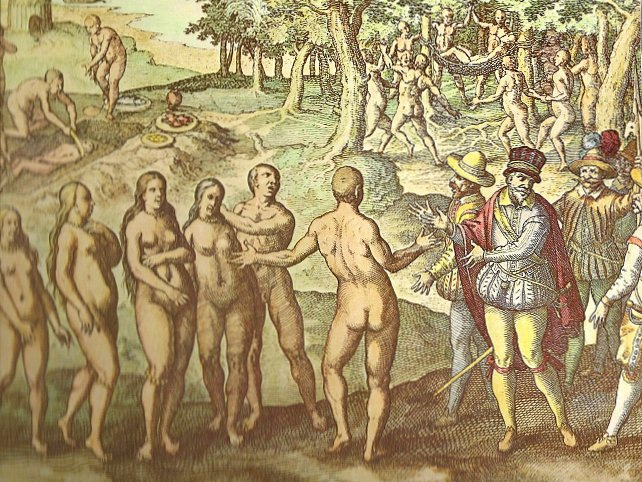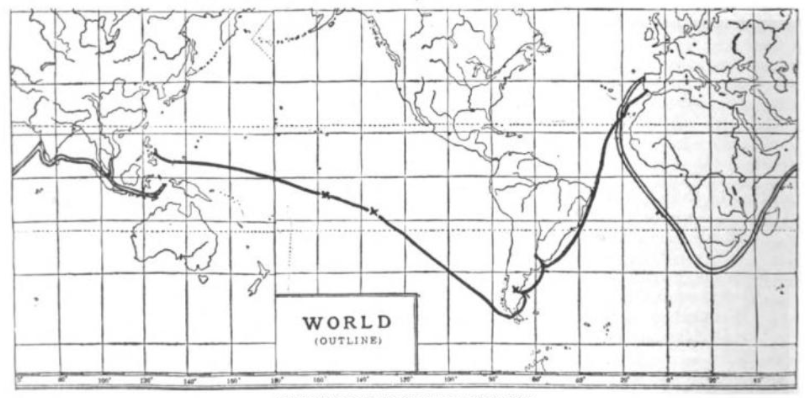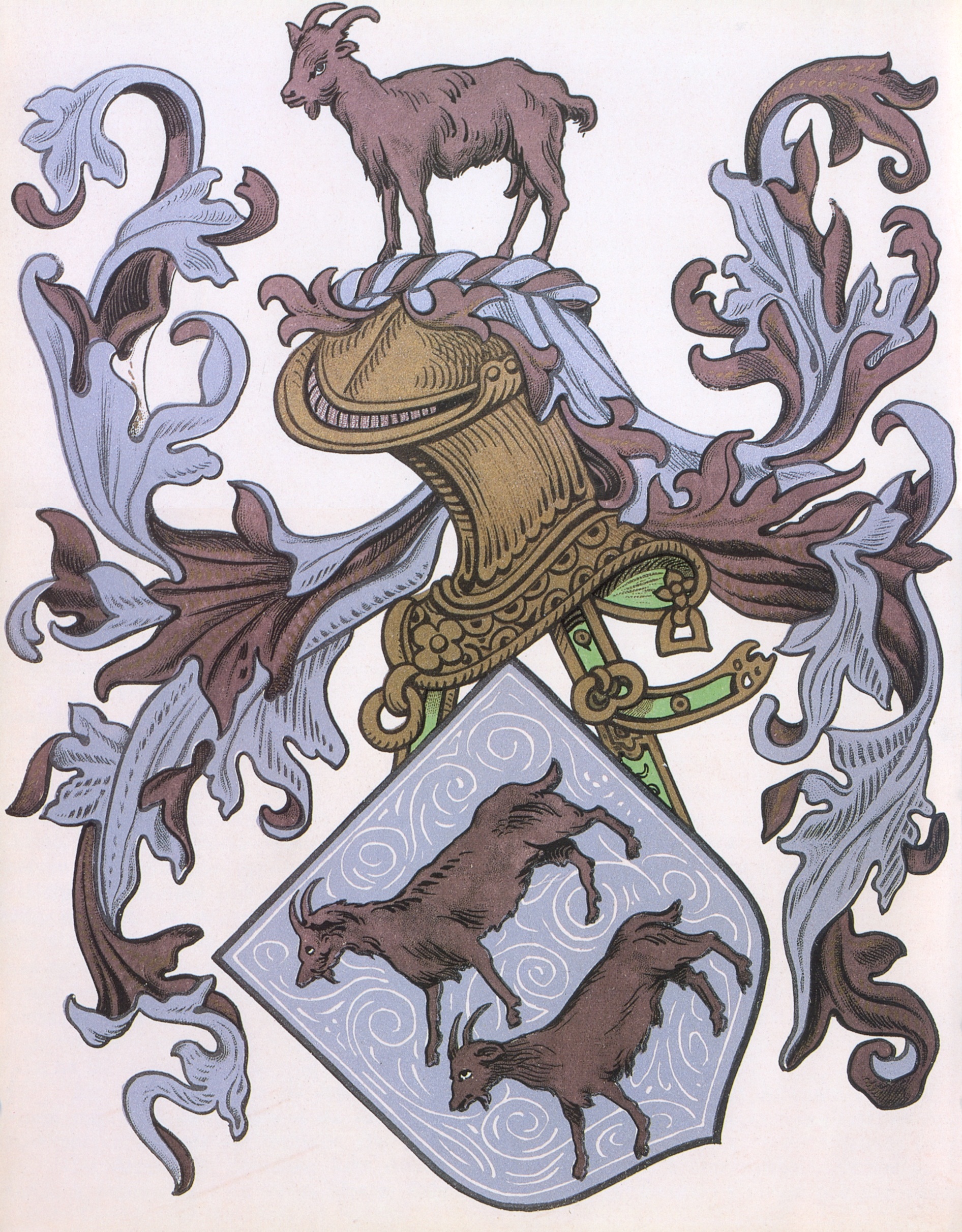|
Amerigo Vespucci Letter From Seville
Amerigo Vespucci's Letter from Seville (18 July 1500), written to his patron Lorenzo di Pierfrancesco de' Medici, describes experiences on Alonso de Ojeda's May 1499 voyage. Vespucci's findings during the Age of Discovery led Spain people to believe that North and South America were not connected to Asia, which was a common belief at the time and was even held by Vespucci himself. Despite the surrounding controversy among many historians about which Vespucci letters were real, and which ones were forged, this particular letter of Vespucci's is notable for its detailed description of the Brazilian coast and its inhabitants. Authenticity of the Letter Antonello Gerbi argues that the 1500 "Letter from Seville", the 4 July 1501 "Letter from Cape Verdi," and the 1502 "Letter from Lisbon," all written to Lorenzo di Pierfrancesco de' Medici, are the only three authentic Vespucci letters. In 1497, Vespucci sailed with Spain and left Cadiz, Spain on his first journey where he was sailin ... [...More Info...] [...Related Items...] OR: [Wikipedia] [Google] [Baidu] |
Amerigo Vespucci
Amerigo Vespucci ( , ; 9 March 1454 – 22 February 1512) was an Italians, Italian explorer and navigator from the Republic of Florence for whom "Naming of the Americas, America" is named. Vespucci participated in at least two voyages of the Age of Discovery between 1497 and 1504, first on behalf of Spain (14991500) and then for Portugal (15011502). In 1503 and 1505, two booklets were published under his name containing colourful descriptions of these explorations and other voyages. Both publications were extremely popular and widely read throughout much of Europe. Historians still dispute the authorship and veracity of these accounts, but they were instrumental in raising awareness of the discoveries and enhancing the reputation of Vespucci as an explorer and navigator. Vespucci claimed to have understood in 1501 that Brazil was part of a fourth continent unknown to Europeans, which he called the "New World" (Mundus Novus). The claim inspired cartographer Martin Waldseemüller ... [...More Info...] [...Related Items...] OR: [Wikipedia] [Google] [Baidu] |
Portugal
Portugal, officially the Portuguese Republic, is a country on the Iberian Peninsula in Southwestern Europe. Featuring Cabo da Roca, the westernmost point in continental Europe, Portugal borders Spain to its north and east, with which it shares Portugal-Spain border, the longest uninterrupted border in the European Union; to the south and the west is the North Atlantic Ocean; and to the west and southwest lie the Macaronesia, Macaronesian archipelagos of the Azores and Madeira, which are the two Autonomous Regions of Portugal, autonomous regions of Portugal. Lisbon is the Capital city, capital and List of largest cities in Portugal, largest city, followed by Porto, which is the only other Metropolitan areas in Portugal, metropolitan area. The western Iberian Peninsula has been continuously inhabited since Prehistoric Iberia, prehistoric times, with the earliest signs of Human settlement, settlement dating to 5500 BC. Celts, Celtic and List of the Pre-Roman peoples of the Iberia ... [...More Info...] [...Related Items...] OR: [Wikipedia] [Google] [Baidu] |
Trinidad
Trinidad is the larger, more populous island of the Republic of Trinidad and Tobago, the country. The island lies off the northeastern coast of Venezuela and sits on the continental shelf of South America. It is the southernmost island in the Caribbean. With an area of , it is also the fifth-largest in the Caribbean. Name The original name for the island in the Arawakan languages was which meant "Land of the Hummingbird". Christopher Columbus renamed it ('The Island of the Trinity'), fulfilling a vow he had made before setting out on his third voyage. This has since been shortened to ''Trinidad''. Indo-Trinidadians called the island चीनीदत्त , 𑂒𑂲𑂢𑂲𑂠𑂞𑂹𑂞 , , ''Chinidat'' or ''Chinidad'' in Trinidadian Hindustani which translated to the land of sugar. The usage of the term goes back to the 19th century when recruiters from India would call the island ''Chinidat'' as a way of luring workers into indentureship. On Tuesday, 31 Jul ... [...More Info...] [...Related Items...] OR: [Wikipedia] [Google] [Baidu] |
Cape St
A cape is a clothing accessory or a sleeveless outer garment of any length that hangs loosely and connects either at the neck or shoulders. They usually cover the back, shoulders, and arms. They come in a variety of styles and have been used throughout history for many different reasons. Semantic distinction In fashion, the word "cape" usually refers to a shorter garment and "cloak" to a full-length version of the different types of garment, though the two terms are sometimes used synonymously for full-length coverings. A shoulder cape is thus sometimes called a "capelet". The fashion cape does not cover the front to any appreciable degree. In raingear, a cape is usually a long and roomy protective garment worn to keep one dry in the rain. History The first known usage of capes is unknown, but some early references we know of are from Ancient Roman military uniforms. Later on, capes were common in medieval Europe, especially when combined with a hood in the chaperon. They ... [...More Info...] [...Related Items...] OR: [Wikipedia] [Google] [Baidu] |
Guyana
Guyana, officially the Co-operative Republic of Guyana, is a country on the northern coast of South America, part of the historic British West Indies. entry "Guyana" Georgetown, Guyana, Georgetown is the capital of Guyana and is also the country's largest city. Guyana is bordered by the Atlantic Ocean to the north, Brazil to the south and southwest, Venezuela to the west, and Suriname to the east. With a land area of , Guyana is the third-smallest sovereign state by area in mainland South America after Uruguay and Suriname, and is the List of South American countries by population, second-least populous sovereign state in South America after Suriname; it is also List of countries and dependencies by population density, one of the least densely populated countries on Earth. The official language of the country is English language, English, although a large part of the population is bilingual in English and the indigenous languages. It has a wide variety of natural habitats and ... [...More Info...] [...Related Items...] OR: [Wikipedia] [Google] [Baidu] |
East Africa
East Africa, also known as Eastern Africa or the East of Africa, is a region at the eastern edge of the Africa, African continent, distinguished by its unique geographical, historical, and cultural landscape. Defined in varying scopes, the region is recognized in the United Nations Statistics Division United Nations geoscheme for Africa, scheme as encompassing 18 sovereign states and 4 territories. It includes the Horn of Africa to the North and Southeastern Africa to the south. Definitions In a narrow sense, particularly in English-speaking contexts, East Africa refers to the area comprising Kenya, Tanzania, and Uganda, largely due to their shared history under the Omani Empire and as parts of the British East Africa Protectorate and German East Africa. Further extending East Africa's definition, the Horn of Africa—comprising Djibouti, Eritrea, Ethiopia, and Somalia—stands out as a distinct geopolitical entity within East Africa.Robert Stock, ''Africa South of the Sahara, ... [...More Info...] [...Related Items...] OR: [Wikipedia] [Google] [Baidu] |
Francisco Pizarro
Francisco Pizarro, Marquess of the Atabillos (; ; – 26 June 1541) was a Spanish ''conquistador'', best known for his expeditions that led to the Spanish conquest of the Inca Empire. Born in Trujillo, Cáceres, Trujillo, Spain, to a poor family, Pizarro chose to pursue fortune and adventure in the New World. He went to the Gulf of Urabá, and accompanied Vasco Núñez de Balboa in his crossing of the Isthmus of Panama, where they became the first Europeans to see the Pacific Ocean from the Americas. He served as mayor of the newly founded Panama City for a few years and undertook two failed expeditions to Peru. In 1529, Pizarro obtained permission from the Monarchy of Spain, Spanish crown to lead a campaign to conquer Peru and went on his third, and successful, expedition. When local people who lived along the coast resisted this invasion, Pizarro moved inland and founded the first Spanish settlement in Peru, Piura, San Miguel de Piura. After a series of manoeuvres, Pizarro c ... [...More Info...] [...Related Items...] OR: [Wikipedia] [Google] [Baidu] |
Hernán Cortés
Hernán Cortés de Monroy y Pizarro Altamirano, 1st Marquis of the Valley of Oaxaca (December 1485 – December 2, 1547) was a Spanish ''conquistador'' who led an expedition that caused the fall of the Aztec Empire and brought large portions of what is now mainland Mexico under the rule of the King of Castile in the early 16th century. Cortés was part of the generation of Spanish explorers and conquistadors who began the first phase of the Spanish colonization of the Americas. Born in Medellín, Spain, to a family of lesser nobility, Cortés chose to pursue adventure and riches in the New World. He went to Hispaniola and later to Cuba, where he received an ''encomienda'' (the right to the labor of certain subjects). For a short time, he served as ''alcalde'' (magistrate) of the second Spanish town founded on the island. In 1519, he was elected captain of the third expedition to the mainland, which he partly funded. His enmity with the governor of Cuba, Diego Velázquez de Cué ... [...More Info...] [...Related Items...] OR: [Wikipedia] [Google] [Baidu] |
Henry Hudson
Henry Hudson ( 1565 – disappeared 23 June 1611) was an English sea explorer and navigator during the early 17th century, best known for his explorations of present-day Canada and parts of the Northeastern United States. In 1607 and 1608, Hudson made two attempts on behalf of English merchants to find a rumoured Northeast Passage to Cathay via a route above the Arctic Circle. In 1609, he landed in North America on behalf of the Dutch East India Company and explored the region around the modern New York metropolitan area. Looking for a Northwest Passage to Asia on his ship '' Halve Maen'' ("Half Moon"), he sailed up the Hudson River, which was later named after him, and thereby laid the foundation for Dutch colonization of the region. His contributions to the exploration of the New World were significant and lasting. His voyages helped to establish European contact with the native peoples of North America and contributed to the development of trade and commerce. On ... [...More Info...] [...Related Items...] OR: [Wikipedia] [Google] [Baidu] |
Jacques Cartier
Jacques Cartier (; 31 December 14911 September 1557) was a French maritime explorer from Brittany. Jacques Cartier was the first Europeans, European to describe and map the Gulf of Saint Lawrence and the shores of the Saint Lawrence River, which he named Name of Canada, "The Country of Canadas" after the Iroquoian languages, Iroquoian names for the two big settlements he saw at Stadacona, Stadacona (Quebec City) and at Hochelaga (village), Hochelaga (Montreal Island).. Early life Jacques Cartier was born in 1491 in Saint-Malo, the port on the north-east coast of Brittany. Cartier, who was a respectable Sailor, mariner, improved his social status in 1520 by marrying Mary Catherine des Granches, member of a leading aristocratic family. His good name in Saint-Malo is recognized by its frequent appearance in baptismal registers as godfather or witness. First voyage (1534) In 1534, two years after the Duchy of Brittany was formally united with the French crown in the Union between ... [...More Info...] [...Related Items...] OR: [Wikipedia] [Google] [Baidu] |
Ferdinand Magellan
Ferdinand Magellan ( – 27 April 1521) was a Portuguese explorer best known for having planned and led the 1519–22 Spanish expedition to the East Indies. During this expedition, he also discovered the Strait of Magellan, allowing his fleet to pass from the Atlantic into the Pacific Ocean and perform the first European navigation to Asia via the Pacific. Magellan was killed in battle in the Philippines and his crew, commanded by the Spanish Juan Sebastián Elcano, completed the return trip to Spain in 1522 achieving the first circumnavigation of Earth in history. Born around 1480 into a family of minor Portuguese nobility, Magellan became a skilled sailor and naval officer in service of the Portuguese Crown in Asia. King Manuel I refused to support Magellan's plan to reach the Moluccas, or Spice Islands, by sailing westwards around the American continent. Magellan then proposed the same plan to King Charles I of Spain, who approved it. In Seville, he married, fathere ... [...More Info...] [...Related Items...] OR: [Wikipedia] [Google] [Baidu] |
Pedro Álvares Cabral
Pedro Álvares Cabral (; born Pedro Álvares de Gouveia; ) was a Portuguese nobleman, military commander, navigator and explorer regarded as the European discoverer of Brazil. He was the first human in history to ever be on four continents, uniting all of them in his famous voyage of 1500, where he also conducted the first substantial exploration of the northeast coast of South America and claimed it for Portugal. While details of Cabral's early life remain unclear, it is known that he came from a minor noble family and received a good education. He was appointed to head an expedition to India in 1500, following Vasco da Gama's newly opened route around Africa. The undertaking had the aim of returning with valuable spices and of establishing trade relations in India—bypassing the monopoly on the spice trade then in the hands of Arab, Turkish and Italian merchants. Although the previous expedition of Vasco da Gama to India, on its sea route, had recorded signs of land west o ... [...More Info...] [...Related Items...] OR: [Wikipedia] [Google] [Baidu] |







